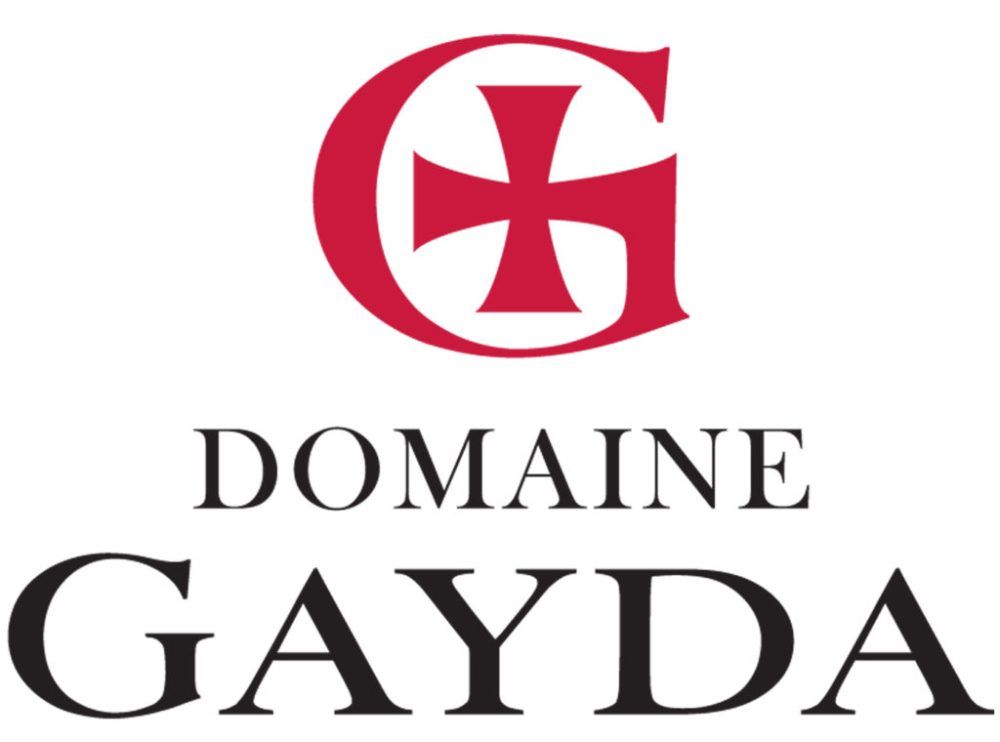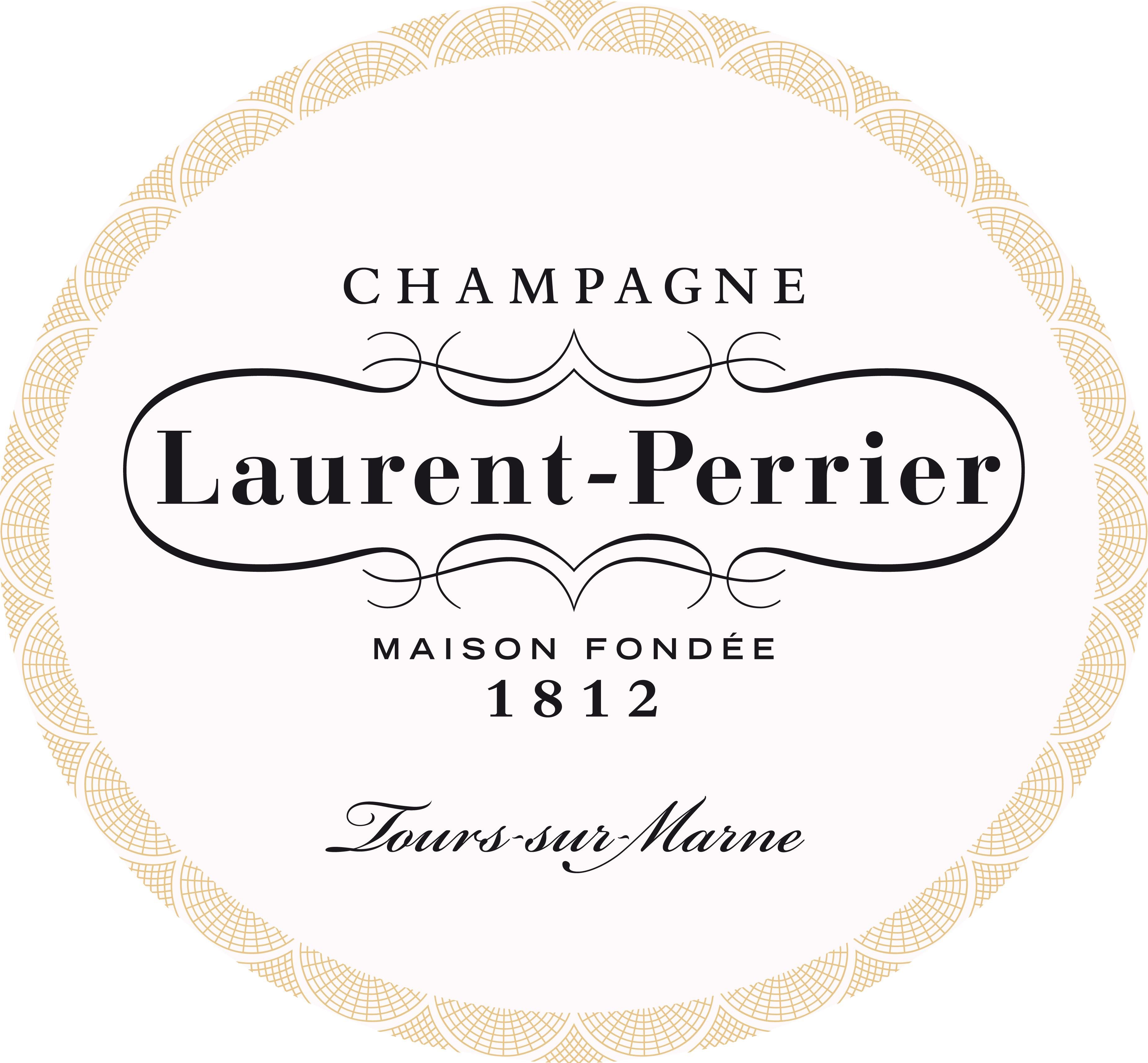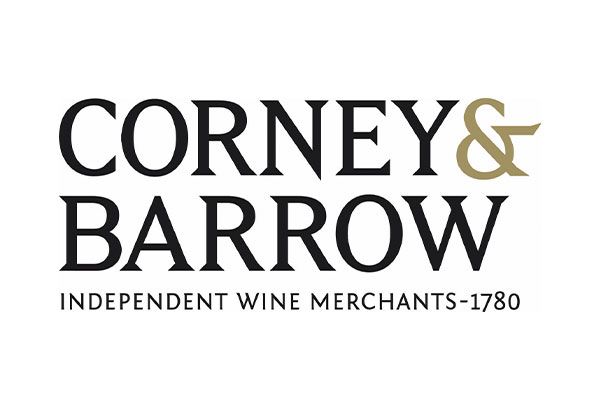The versatility of Malbec is put to the test in Divine Bovine, the meat fest that is held every year at Gaucho’s flagship restaurant in London’s Piccadilly
For a confirmed carnivore like myself the Gaucho Restaurant’s annual celebration of beef called the Divine Bovine was the perfect dinner. It also exemplified immaculately the art of wine matching, highlighting the virtues and versatility of Malbec, adopted by Argentina as its signature red wine grape despite originating in France.
Yes I know that Malbec divides wine connoisseurs and I can just see why from the Divine Bovine experience, for there was at least one example on each side of the divide, so there was some evidence for both viewpoints.
This year for the first time the Divine Bovine went on tour, with dinners staged the same day in Gaucho’s Hong Kong, Dubai and Buenos Aires restaurants, as well as its London flagship in Piccadilly. There at £75 including the matching wines I judged the event excellent value, complete with mini master classes from group executive chef Jamie Robertson and group sommelier Edgar Znutins. There was much talk of the importance of terroir, with reference as much to the beef as to the wine.
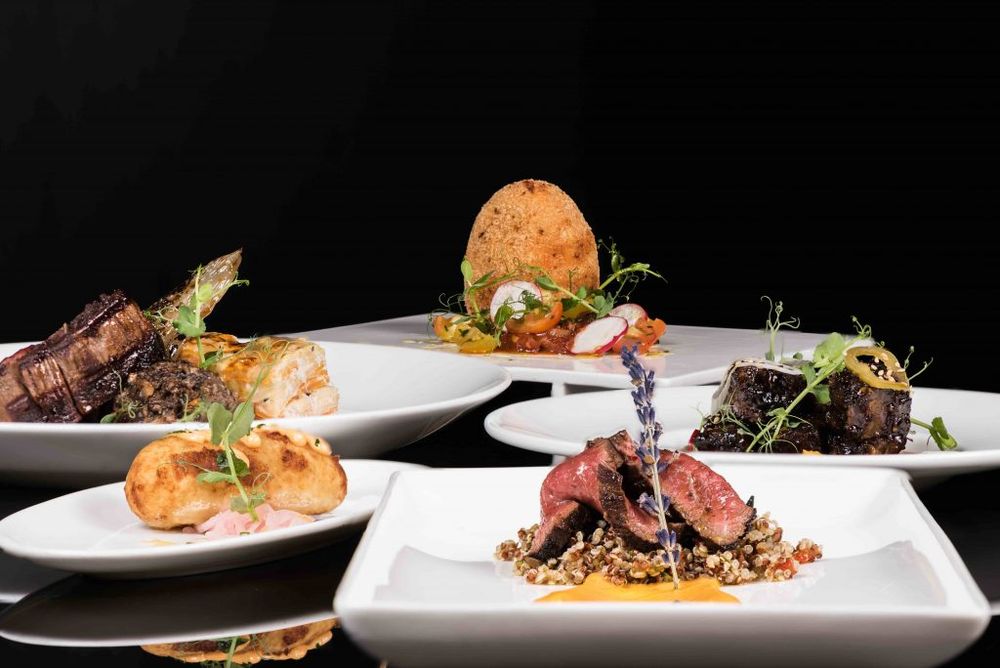
We kicked off pleasantly over pre-ambles and delightful little Cassava dumplings stuffed with spiced ground beef to the tune of a varietal white Selection G Torrontés, from the indigenous Argentine Torrontés grape, a distant cousin of Muscat but lighter and if anything even more perfumed.
The first red then followed after we sat down, to accompany thin sliced rare fillet of beef rubbed in coffee, cocoa and Ancho chili. This was ‘Dos Rubios’, a Syrah/Malbec blend which tasting blind I would probably have guessed hailed from the northern Rhone, with the Malbec substituted for the Viognier more typical of reds from that region. The Syrah seemed to predominate but it was a well-rounded wine, perfectly suited to the flavoursome and slightly spicy fillet.
Then came braised back ribs accompanied by Vina Patricia Malbec, which for me was the flop of the evening and might have confirmed some of those prejudices against the grape. It seemed very short in the mouth with little lingering aftertaste and a rather dull fruit, almost old for its age. This view was not universal though around the press table in London and could at least be said to demonstrate the versatility and range of Malbec.
To follow came the Argentinian version of the Scotch Egg, of course with minced beef instead of the usual pork sausage meat. The paired wine was my favourite of the evening, actually a blend between Malbec, Cabernet Sauvignon, Petit Verdot and the local Argentinian Tannat grape, called El Porvenir de Cafayate ‘Probeta’ Tannat. Red fruits abounded on the palate and tasting revealed an intense amalgam of cherry and fig with well-ripened tannins and very long finish.
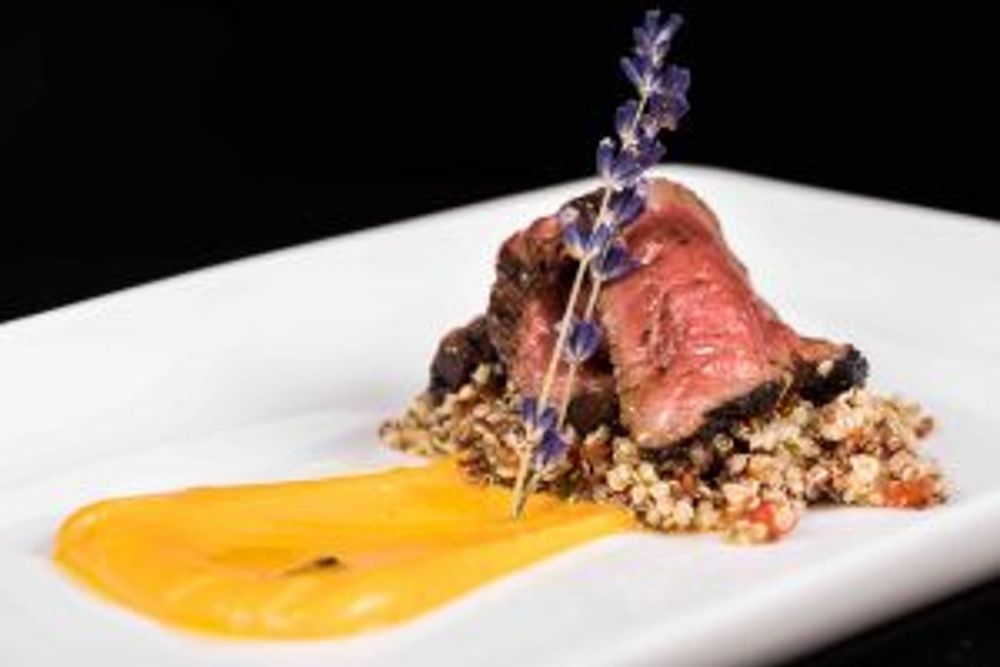
Many others around me anointed the next wine Colomé de Terruno Malbec as their number one, which made sense in that it accompanied the signature dish of the evening, seared beef fillet of the highest rank, accompanied by truffle compote, carrot and parsnip dauphinoise and charred shallots. This called for a slightly sweet and floral wine with underlying red berry flavours that seemed well defined. Of all the evening’s wines this was the most quintessentially Malbec and stood out as a fine example of the varietal.
Yet as I dreamily rode home on the London Underground I reflected that if anything the Gaucho event demonstrated the virtues of Malbec as a complement to others in blended wines, given that my two favourites of the evening featured the grape with Syrah and Tannat respectively. Perhaps my friends should revisit the grape in that light and reassess their negative presumptions accordingly.
- You can see how far Malbec has developed as a grape variety in Argentina at this month’s Barullo event hosted by Wines of Argentina that looks to showcase the “cutting edge” wines now being made in the country. Find out more here about the specific on-trade tasting taking place on October 25 as part of a week’s activity between October 25 and 28.














